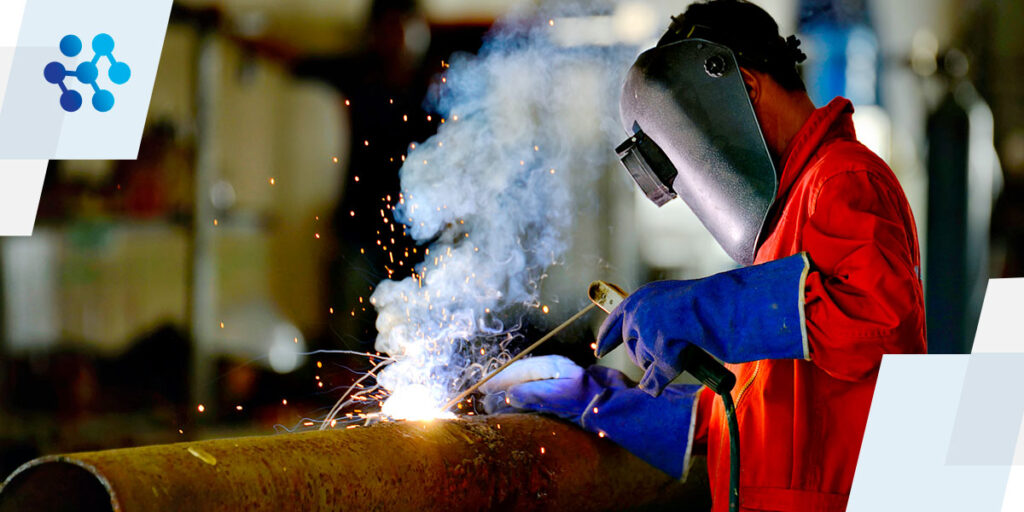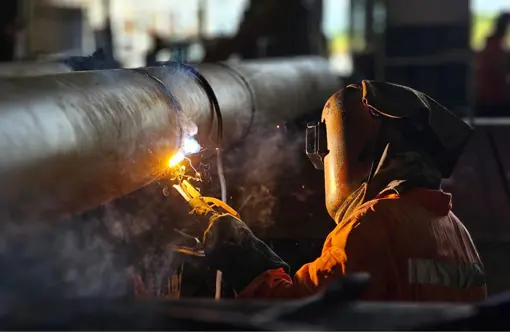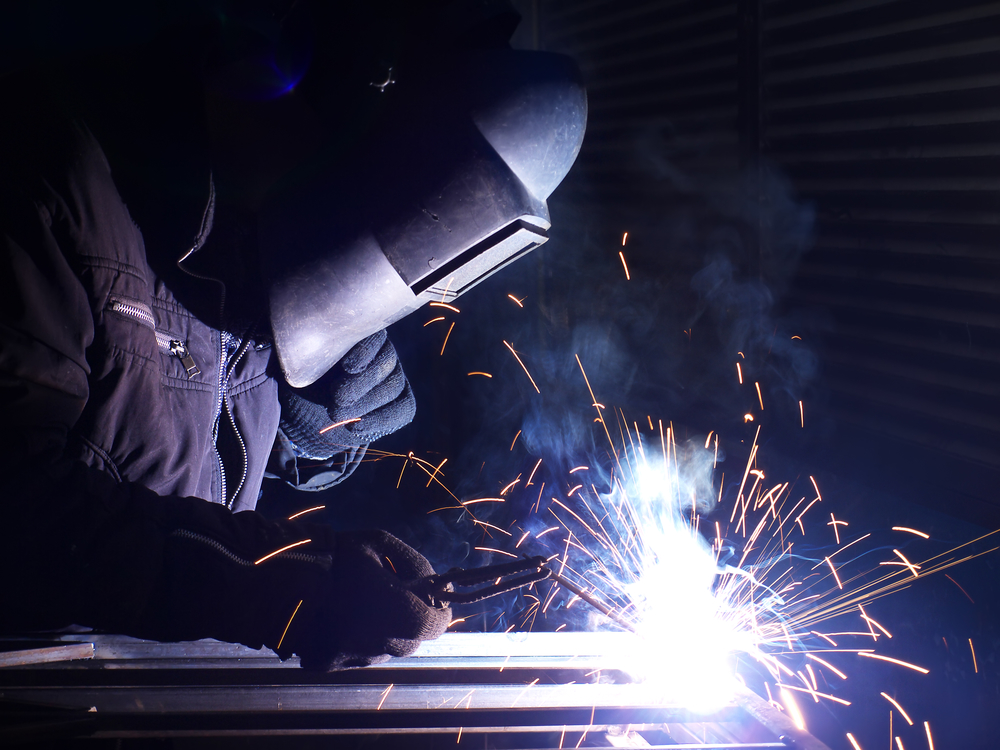Common Welding Repair Issues and Just How to Address Them Effectively
Welding repairs often come across a variety of issues that can jeopardize the honesty of the last product. Usual issues consist of insufficient infiltration, porosity, and imbalance, to name a few. Each defect provides special obstacles that require details methods for resolution. Comprehending these problems is essential for welders intending to enhance their abilities and outcomes. This discussion will certainly check out these common welding repair service problems and efficient methods to resolve them.
Inadequate Infiltration
Insufficient penetration takes place when the weld steel falls short to completely fuse with the base material, leading to weak joints and potential structural failures. This problem often originates from not enough warm input, wrong electrode angle, or incorrect welding speed. Welders may come across poor penetration as a result of a mistake of the essential parameters for a particular material thickness or kind. Additionally, contamination on the base product's surface area can impede effective bonding, exacerbating the trouble. To attend to insufficient infiltration, welders should ensure ideal setups on their equipment and keep a clean job surface. Routine examination of welds is advised to recognize any type of shortages early, enabling prompt modifications and the avoidance of jeopardized structural honesty in bonded settings up.
Porosity
Porosity is an usual flaw in bonded joints that manifests as small gas bubbles caught within the weld steel. This problem can endanger the honesty of the weld, resulting in lowered strength and prospective failing under stress. Belgrade. Porosity commonly emerges from contamination, moisture, or inappropriate welding strategies, which enable gases to escape into the liquified weld pool. To address porosity, welders need to guarantee appropriate surface prep work, keep a tidy workplace, and use suitable welding parameters. In addition, choosing the right filler material and securing gas can minimize gas entrapment. Normal inspection and screening of welds can help determine porosity early, guaranteeing prompt corrective activities are taken, thereby preserving the quality and reliability of the welded structure
Misalignment
Misalignment in welding can occur from various aspects, including incorrect setup and thermal development. Understanding the root triggers is vital for efficient resolution. Numerous improvement techniques are offered to realign elements and ensure structural stability.
Root causes of Imbalance
Welding imbalance usually originates from a selection of underlying problems that can jeopardize structural stability. One key cause is inappropriate fit-up of elements before welding, which can cause gaps and irregular surface areas. Variations in thermal development throughout the welding process can likewise result in distortion, particularly if the materials being signed up with have various coefficients of expansion. Additionally, insufficient securing and fixturing may fall short to hold parts firmly in location, leading to activity during welding. Inadequately kept devices, including welding devices and tools, might introduce incongruities in the weld grain, more adding to misalignment. Driver mistake, stemming from not enough training or experience, can likewise play a significant function in producing misaligned welds.

Modification Strategies Offered
Dealing with imbalance effectively requires a combination of corrective techniques tailored to the certain issues handy. One common technique is making use of components or jigs to hold elements in the appropriate placement throughout welding, guaranteeing constant placement. Furthermore, pre-heating the products can help in reducing distortion and improve fit-up. For substantial misalignment, mechanical realignment strategies, such as using hydraulic jacks or clamps, can be utilized to remedy the placement before welding. Post-weld warm treatment might likewise be necessary to relieve stress and anxieties brought on by imbalance. Finally, careful examination and change throughout the configuration stage can stop misalignment concerns from becoming considerable problems, promoting a smoother welding process and improving general architectural honesty.
Distortion
Distortion is a typical challenge in welding that can arise from various aspects, including irregular cooling and heating. Comprehending the root causes of distortion is vital for applying efficient prevention strategies. Addressing this issue not just enhances structural honesty however also enhances the total top quality of the weld.
Root causes of Distortion
When subjected to the extreme warmth of welding, products typically undertake changes that can cause distortion. This phenomenon primarily arises from thermal expansion and contraction throughout the welding procedure. As the weld area warms up, the product expands; upon air conditioning, it acquires, which can produce inner anxieties. In addition, uneven heating across a work surface can exacerbate these anxieties, leading to warping or flexing. The sort of material likewise plays a substantial function; metals with varying thermal conductivity and coefficients of expansion may respond differently, leading to unforeseeable distortions. Additionally, inadequate joint layout and inadequate fixturing can add to misalignment during welding, enhancing the possibility of distortion. Comprehending these reasons is important for effective welding repair work and avoidance methods.
Avoidance Techniques
Efficient prevention methods for distortion during welding focus on managing warmth input and making certain correct joint design. Keeping a consistent heat input assists to lessen thermal growth and contraction, which can bring about distortion. Using techniques such as pre-heating the work surface can likewise decrease the temperature level gradient, promoting uniform heating. Furthermore, selecting ideal joint layouts, such as T-joints or lap joints, can improve stability and decrease tension concentrations. Implementing correct fixturing to secure the work surfaces in position additionally help in keeping alignment during the welding process. Staggered welding sequences can distribute heat more equally, preventing localized distortion. By applying these techniques, welders can significantly lower the likelihood of distortion and boost the total quality of their welds.
Fracturing
Breaking is an usual concern run into in welding repair services, frequently resulting from different aspects such as incorrect cooling rates, product option, or poor joint preparation. The event of cracks can considerably compromise the integrity of the weld, leading to prospective failings during procedure. To resolve this concern, welders have to initially assess the source, making certain that materials work and appropriately chosen for the specific application. Additionally, regulating the cooling price during the welding procedure is important; quick cooling can generate stress and result in cracking. Appropriate joint layout and preparation additionally add to decreasing the danger. Applying these techniques can enhance weld top quality and toughness, eventually reducing the probability of breaking in ended up weldments.

Insufficient Fusion
A significant issue in welding fixings is incomplete combination, which occurs when the weld metal does not sufficiently bond with the base material or previous weld passes - Montana Mobile Welding and Repair Belgrade Fabrication. This issue can lead to weaknesses in the joint, possibly jeopardizing the stability of the welded framework. Elements adding to incomplete fusion include insufficient warm input, incorrect welding strategy, and contamination of the surface areas being joined. To resolve this concern efficiently, welders ought to guarantee correct pre-weld cleansing and surface prep work, along with change their welding parameters official website to attain appropriate penetration and combination. Routine inspection throughout the welding process can also help recognize incomplete fusion early, enabling timely corrective steps to enhance the general top quality of the weld
Overheating
While welding repair services can improve architectural integrity, overheating presents a substantial difficulty that can lead to material destruction. Extreme warmth throughout welding can alter the mechanical properties of metals, leading to decreased stamina, raised brittleness, and warping. This phenomenon is specifically important in high-stress applications where architectural integrity is vital. Recognizing overheating can involve aesthetic inspections for discoloration or distortion, as well as keeping track of temperature throughout the welding procedure. To alleviate the threats linked with getting too hot, welders must employ proper methods, such as controlling warmth input, changing traveling speed, and using suitable filler materials. In addition, carrying out pre- and post-weld warm therapies can aid bring back product properties and improve the general high quality of the repair service, making sure lasting efficiency and safety and security.
Often Asked Inquiries
What Are the Typical Indicators of a Welding Issue?

Exactly How Can I Evaluate My Welds for Quality?
To examine welds for top quality, one can utilize visual assessments, ultrasonic testing, and radiographic techniques. Each strategy assures structural honesty, identifies defects, and validates adherence to specified criteria, ultimately improving the integrity of the welded joints.
What Security Safety Measures Should I Take While Welding?
When welding, one should prioritize safety by putting on ideal individual safety tools, ensuring appropriate air flow, safeguarding combustible products away, preserving a tidy workspace, and recognizing surroundings to avoid injuries and crashes.
Can I Repair a Weld Without Redoing the Entire Joint?
Fixing a weld without remodeling the entire joint is possible, depending on the damages (Montana Mobile Welding and Repair Belgrade). Strategies such as grinding, including filler material, or utilizing a welding process can properly deal with certain defects while protecting the bordering structure
What Equipment Are Crucial for Efficient Welding Fixes?
Important devices for effective welding repair services consist of a welding machine, wire brush, hop over to these guys grinder, safety equipment, clamps, and filler materials. Each device plays an essential role in guaranteeing high quality and security throughout the repair work process. Porosity usually develops from contamination, dampness, or improper welding methods, which allow gases to run away right into the liquified weld swimming pool. Improperly maintained equipment, consisting of welding devices and devices, may present inconsistencies in the weld grain, more contributing to misalignment. When subjected to the extreme heat of welding, materials usually undergo modifications that can lead to distortion. Splitting is a common problem come across in welding repair work, commonly resulting from numerous aspects such as incorrect air conditioning prices, product selection, or poor joint prep work. A significant concern in welding repair work is incomplete blend, which takes place when go to this site the weld steel does not effectively bond with the base product or previous weld passes.